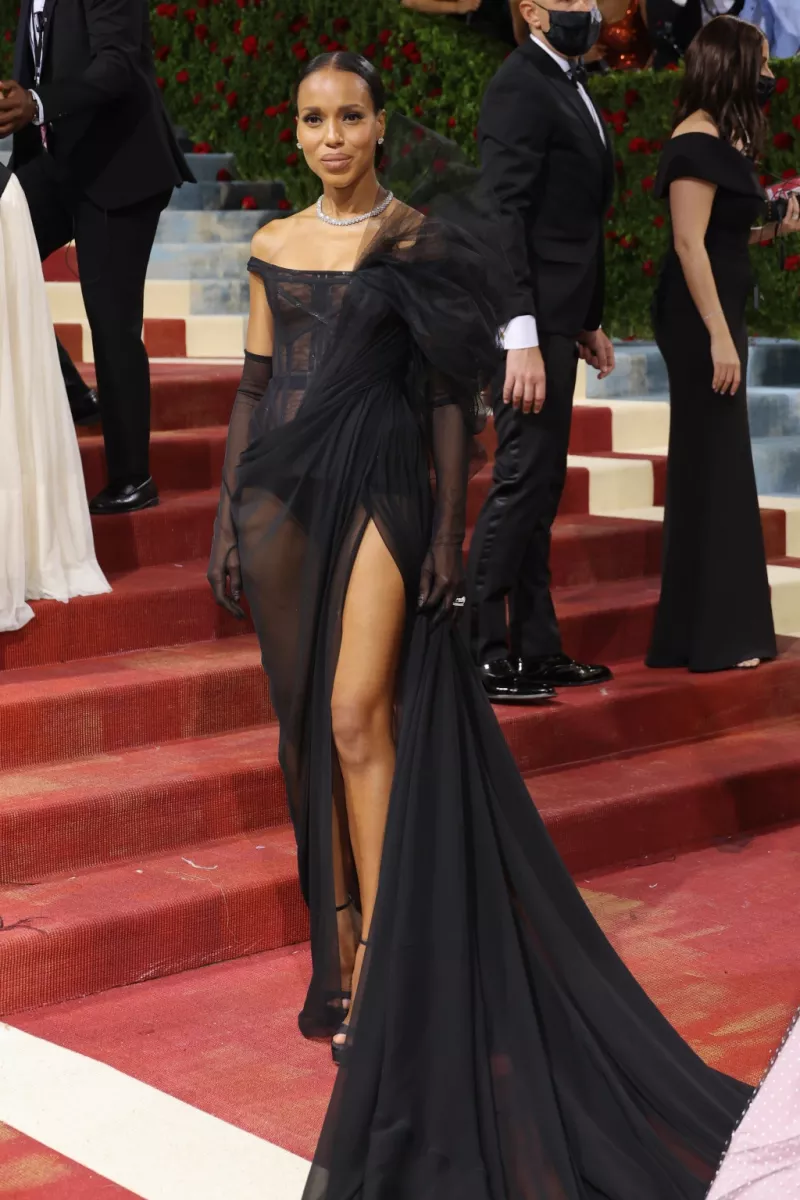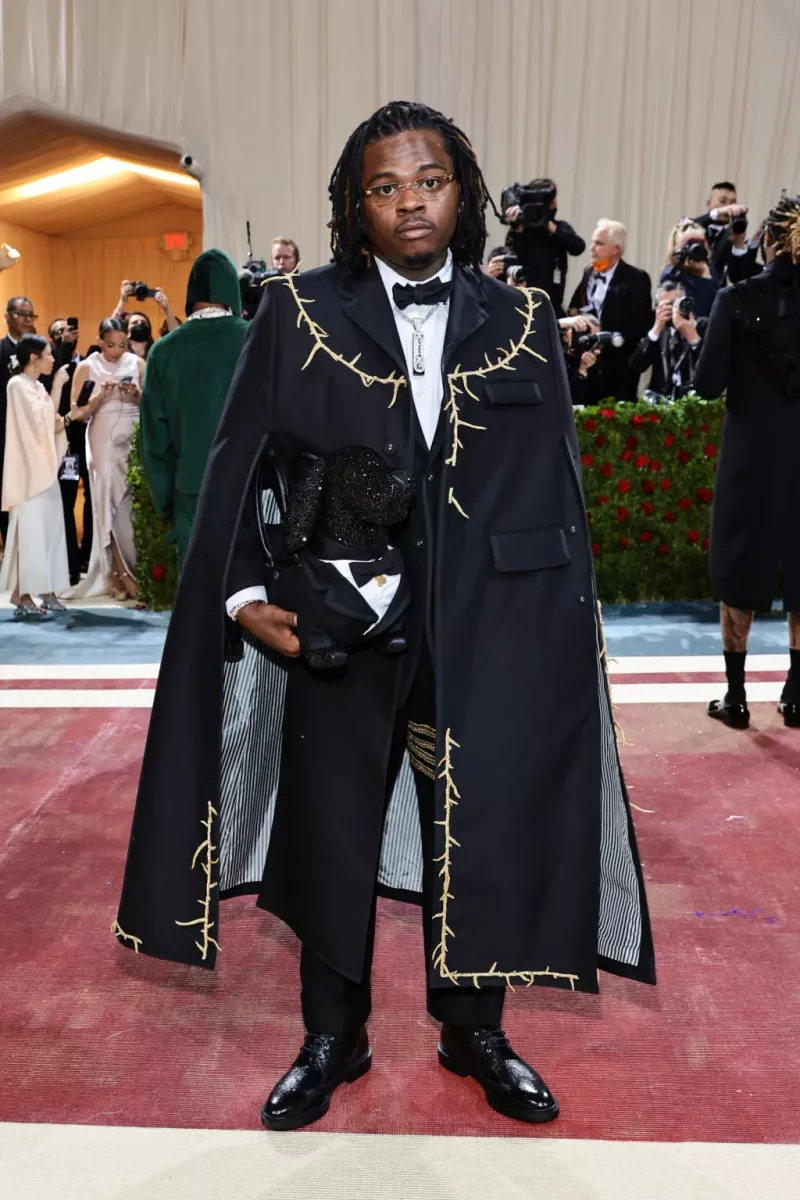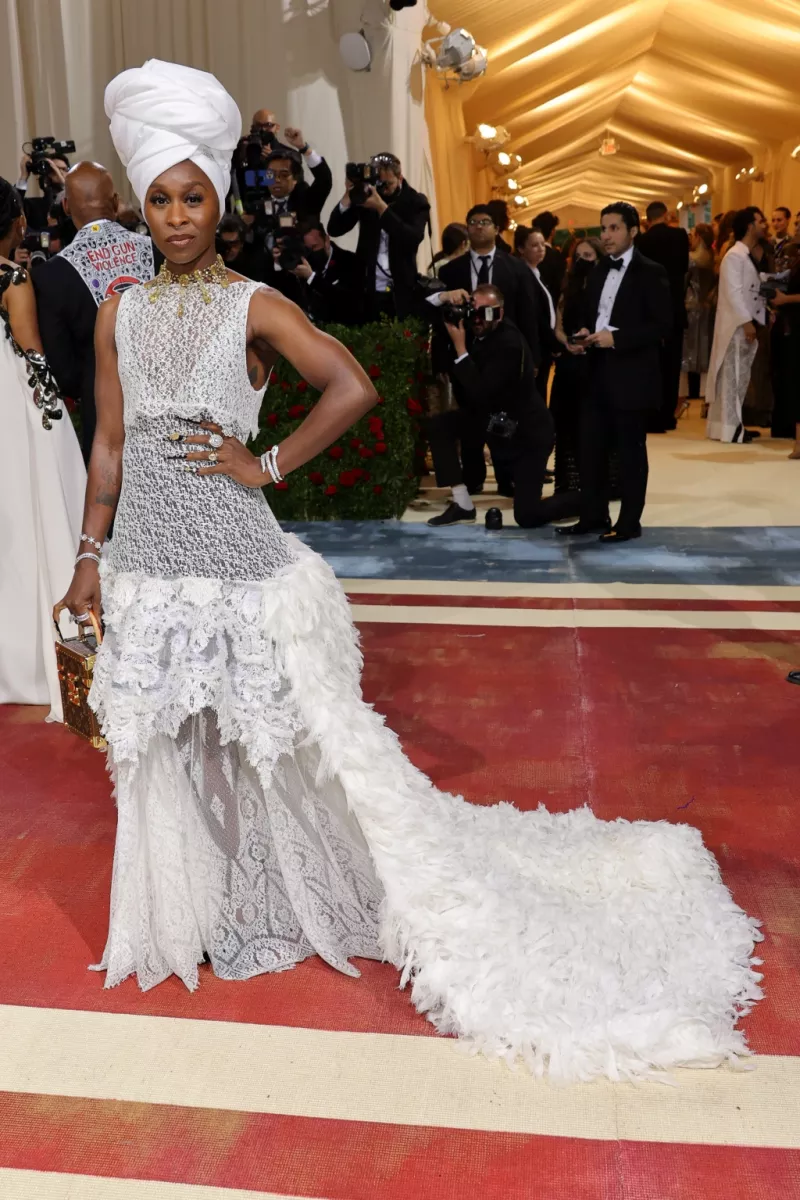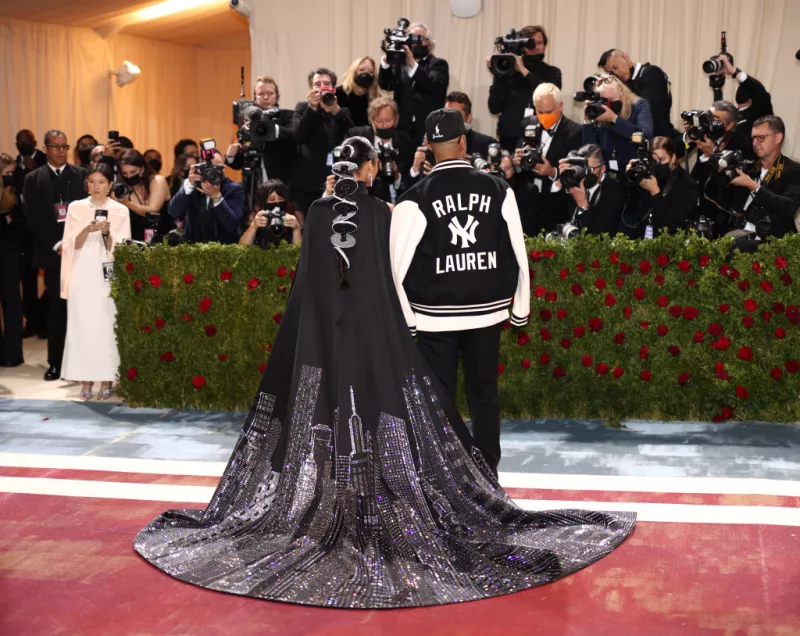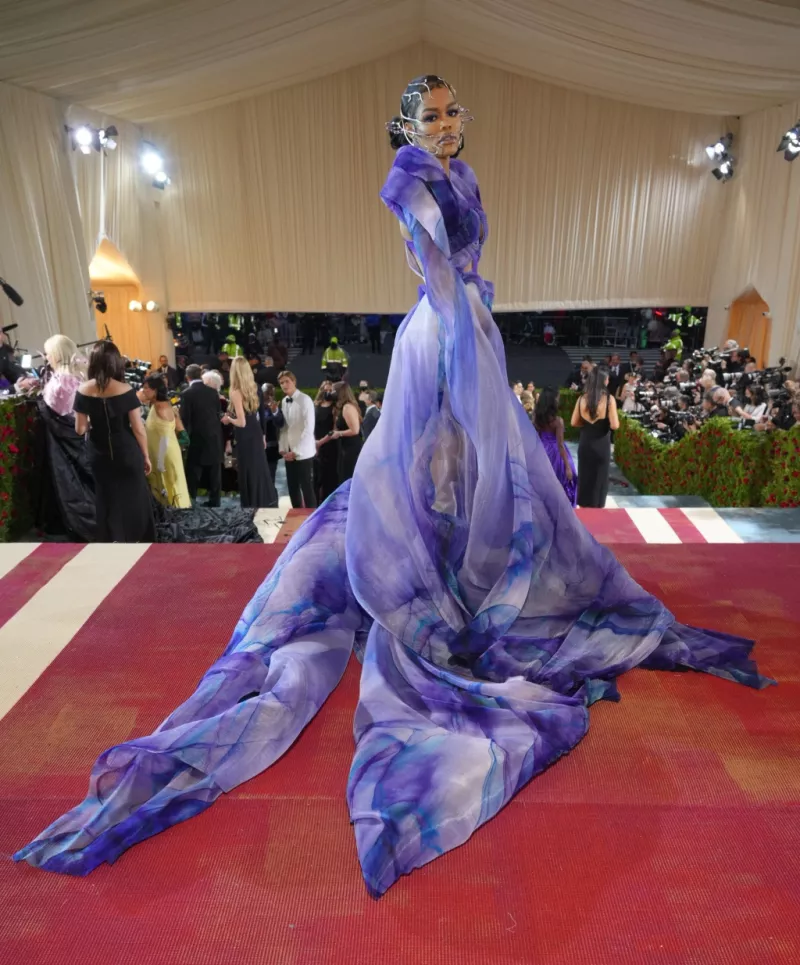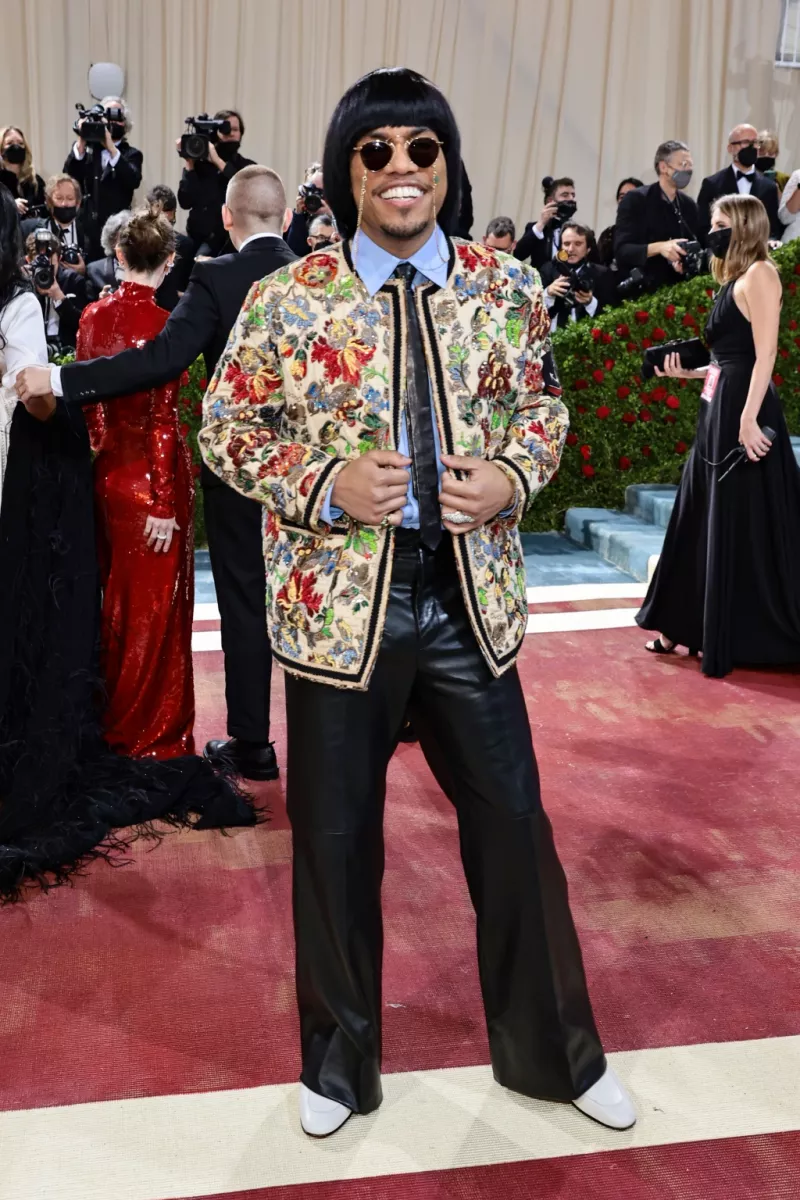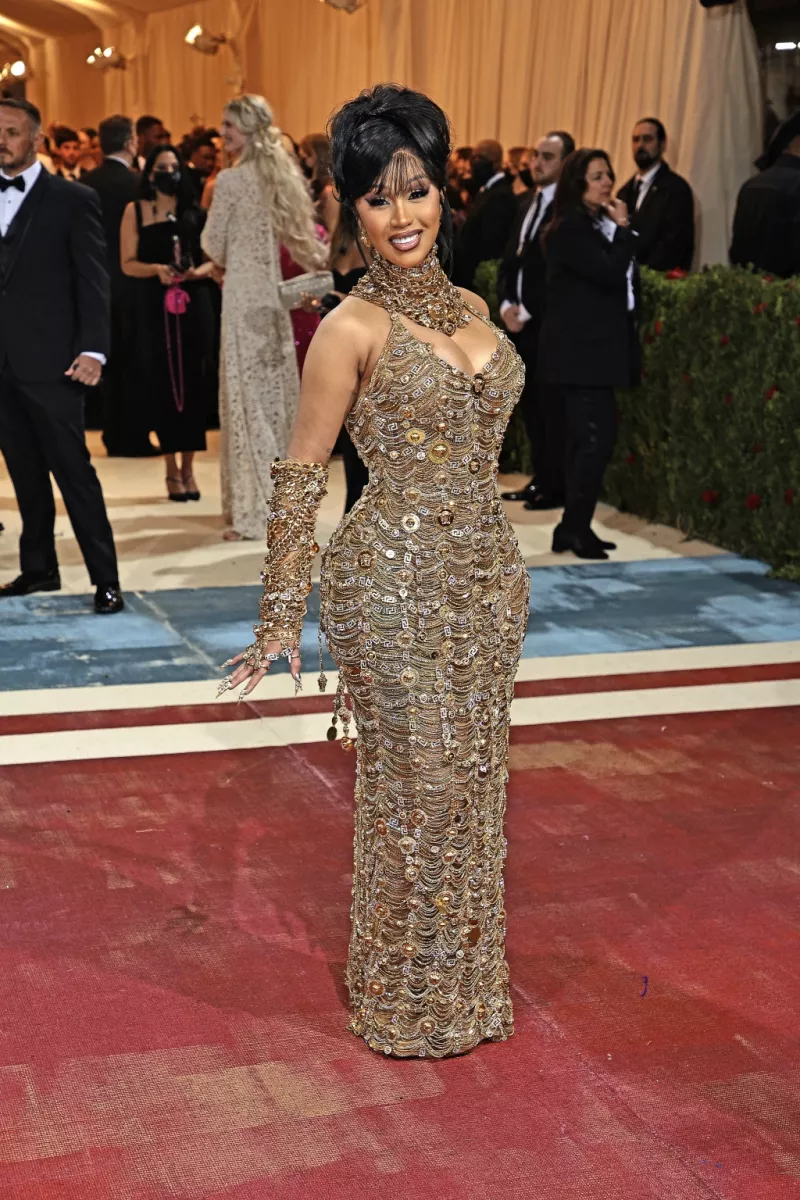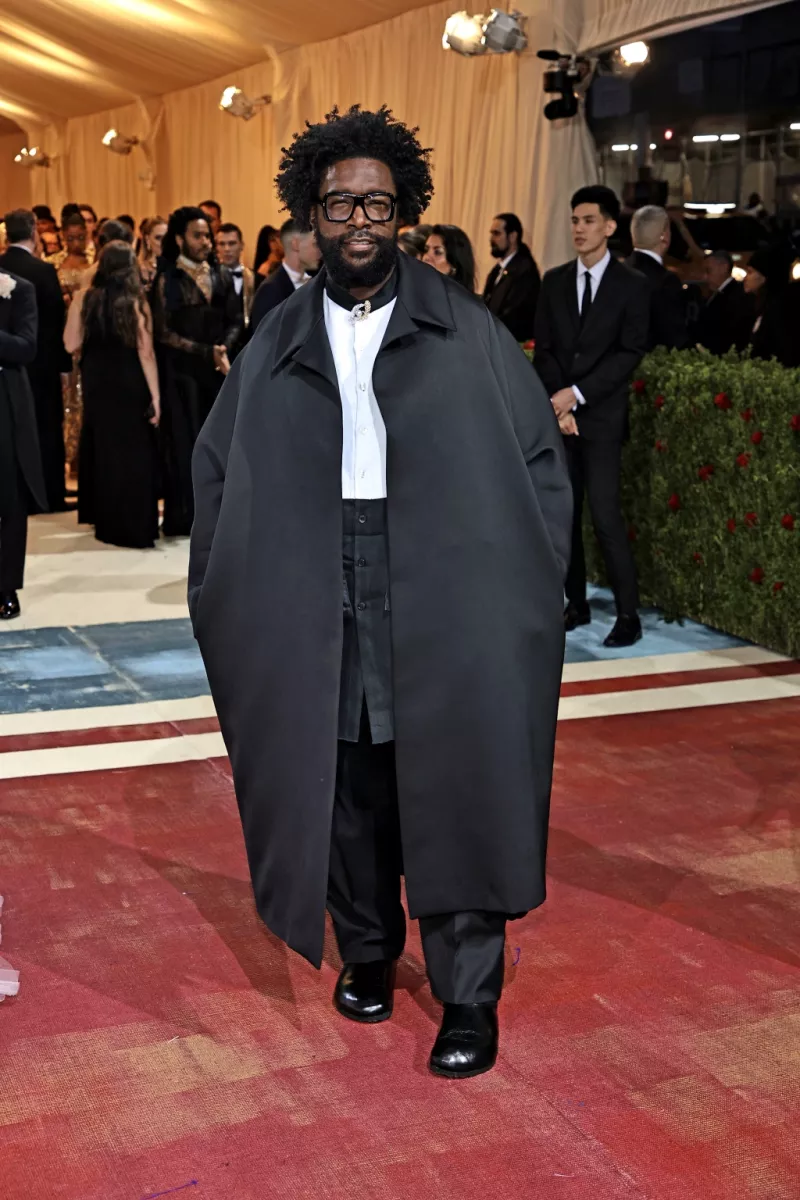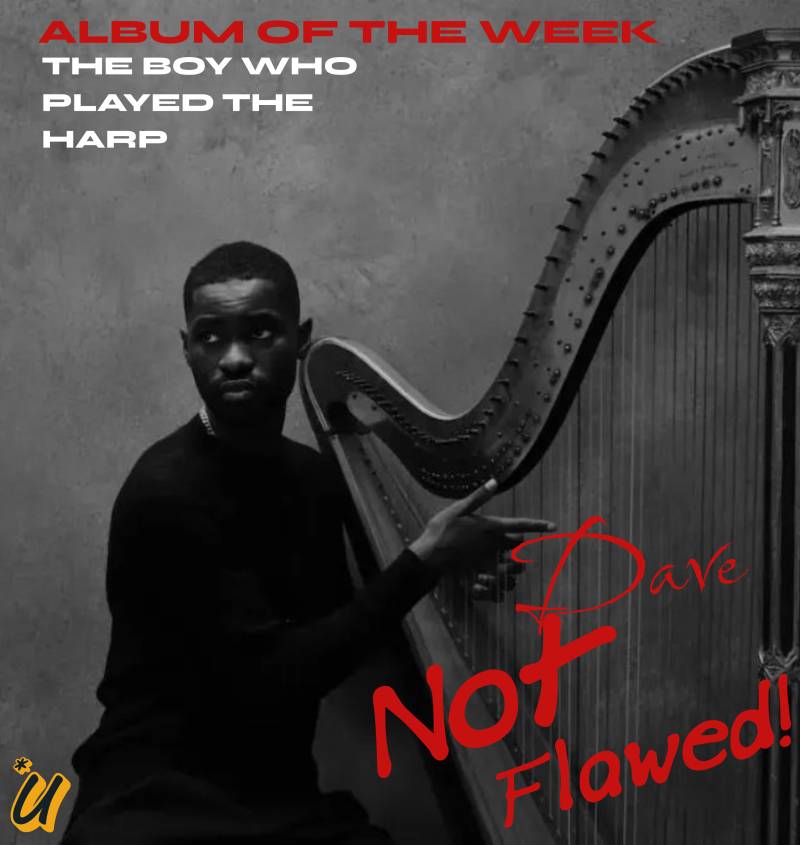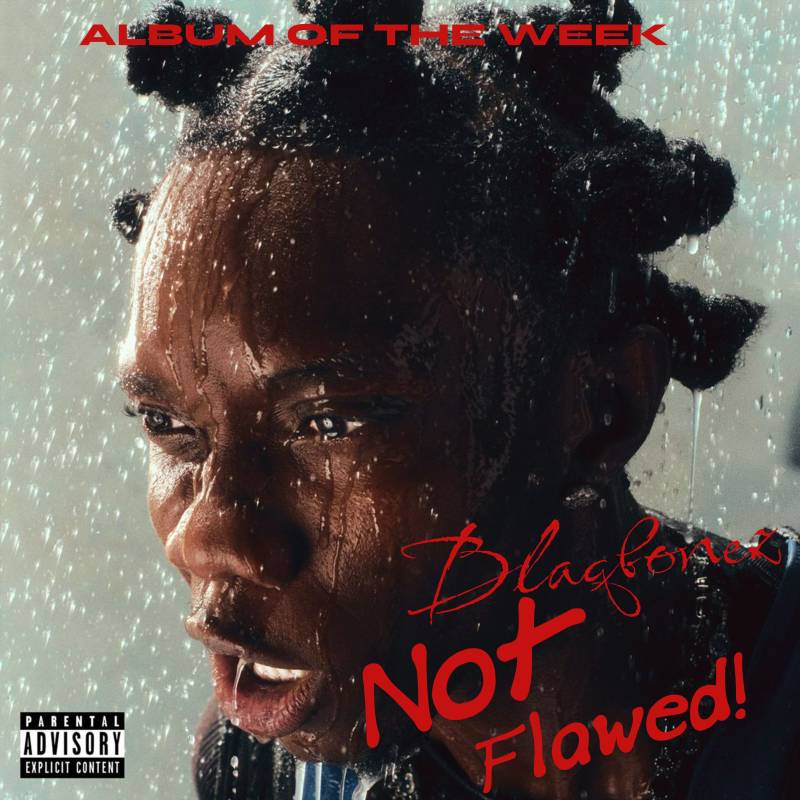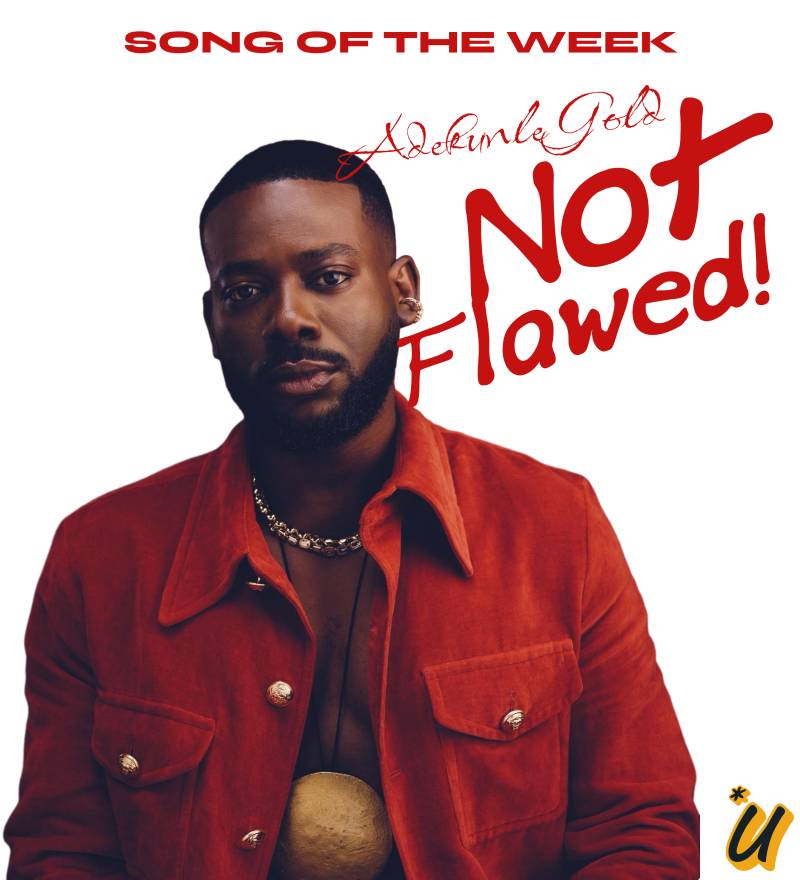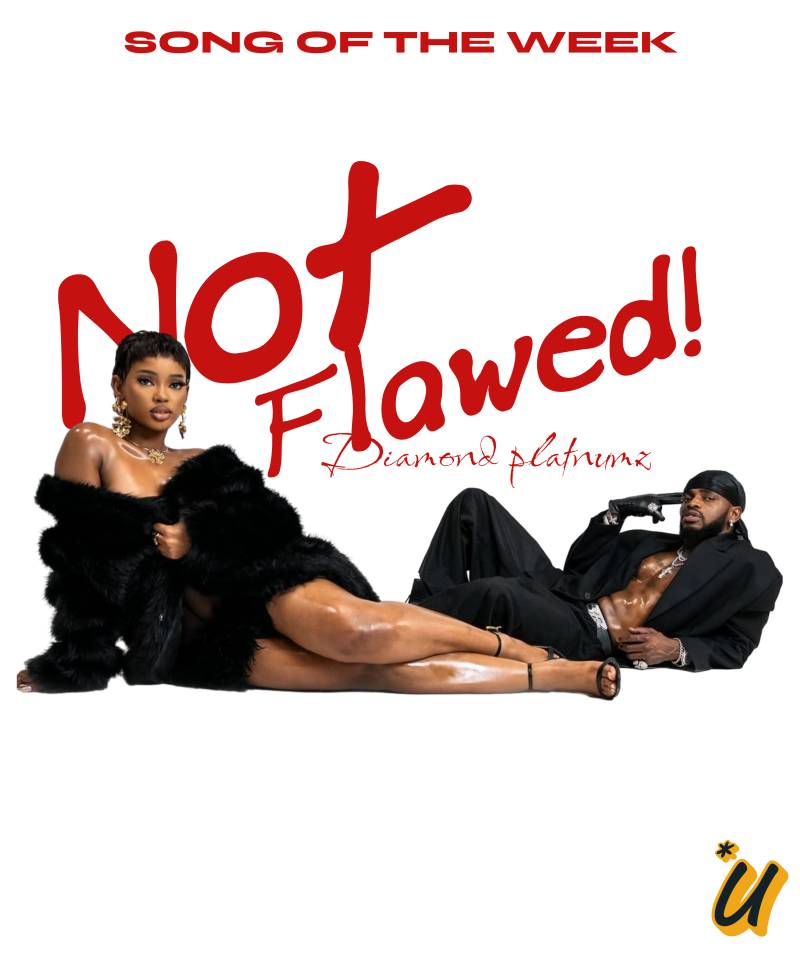The Costume Institute Benefit, more famously known as The Met Gala, returned to its traditional First Monday in May date this year for a “Gilded Glamour, White Tie” themed affair. The sartorial theme finds its origins in the second part of curator Andrew Bolton’s two-part exhibition In America: An Anthology of Fashion. All in attendance were tasked with making a fashion statement that aligned with the dress code as well as their personal taste and style.
From around the 1870s to the early 1900s, the United States experienced the Gilded Age, between the Civil War and World War I. The country journeyed through an industrial boom, allowing the rich and middle class to flaunt their riches through aesthetically luxurious lifestyles.
Needless to say, the experiences and realities of Blacks in America were starkly different during this same period. Just five years prior on June 19, 1865, federal troops arrived in Galveston, Texas to ensure that all enslaved people be freed, many of whom had no clue President Lincoln had signed the Emancipation Proclamation two and a half years prior.
Britannica defines the era as marked by “gross materialism and blatant political corruption,” making way for social and political criticism, or as the Met describes it, “In that period, art-infused everything—furniture, lighting, ceramics, metalwork, jewelry, even dress—and manifested itself in artistic interiors.”
The official exhibition is set to open on Thursday (May 5) at the Metropolitan Museum Of Art and features men’s and women’s clothing dating from the eighteenth century installed in select period rooms spanning ca. 1805 to 1915, among other exhibits, according to the museum website.
Organizers of the extravagant event faced some backlash from those who criticized the theme for being “out of touch” and insensitive given the historical context. The contemporary realities of a nation that continues to struggle to bounce back from an economically, emotionally, and physically crippling two-year pandemic only highlighted the irony of the soiree’s theme.
Still, despite notions of overindulgence and excess, Black Hollywood shined on fashion’s biggest night out with some even using the opportunity to make more than just bold fashion statements. Everyone from trap stars (Future), singers (Normani), models (Winnie Harlow), actors (Cynthia Erivo), fashion designers (LaQuan Smith), and more made sure Black magic was on full display.
